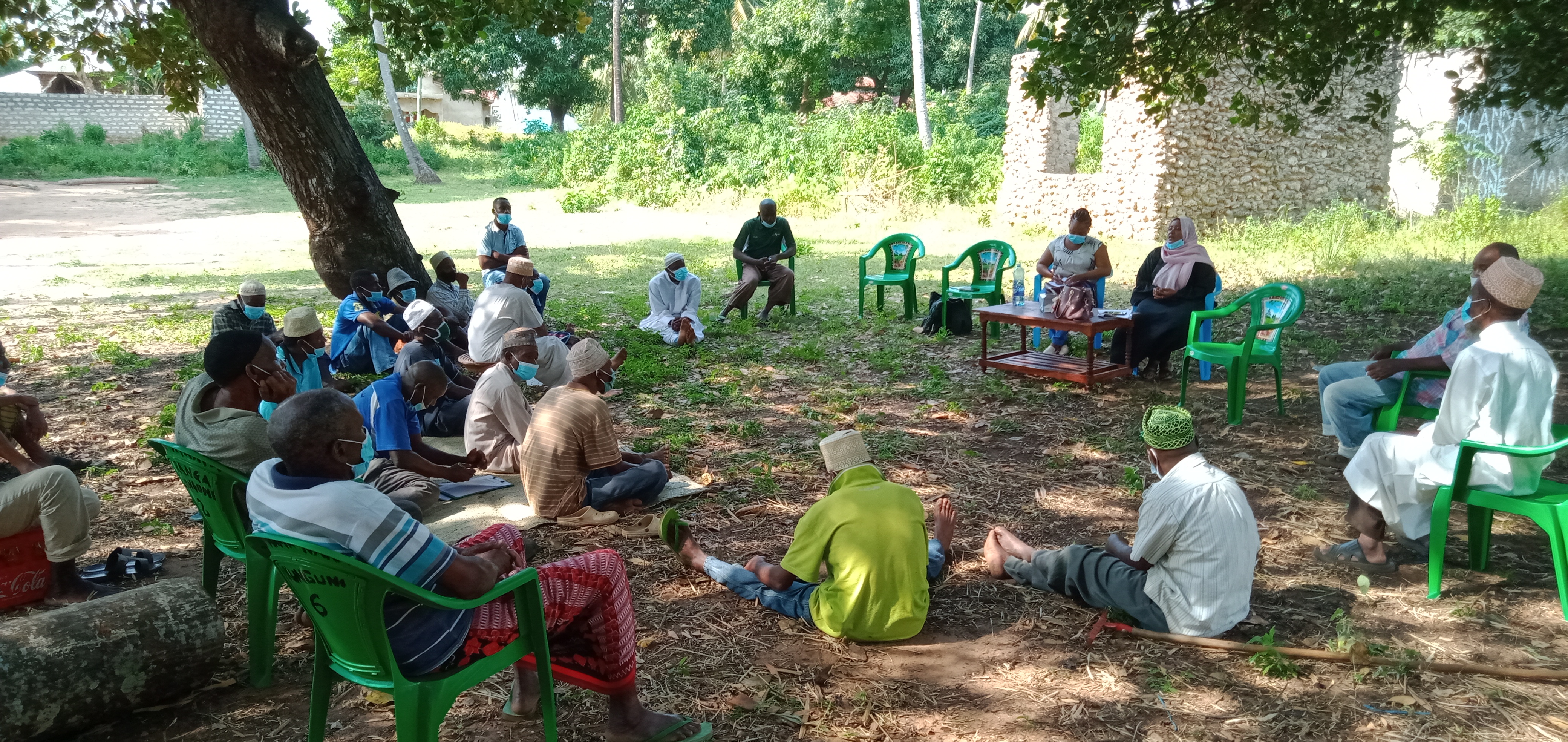The EbA measure implemented in Tanta includes both green and gray infrastructure.
The green infrastructure, which is the ecosystems, was improved by promoting appropriate pasture and livestock management practices that contribute to the positive conservation status of the pastures. To this end, work was done to strengthen community organization, the participatory design of the livestock management strategy, and the bolstering of local knowledge.
In terms of gray infrastructure, the community prioritized the construction of a shed to reduce the exposure of livestock to climate hazards intensified by climate change, such as hail, and frost, simultaneously protecting them from strong winds and intense sunlight.
The construction of the shed began with the participatory design of the infrastructure, advised by a professional from the local university and validated in a community assembly. Meetings were then held with the livestock department (committee) and directors to plan out the work and the transfer of materials. Prior to the start of construction, the community made an offering to the mountain, a custom they still maintain.
The shed is now operational, the community reports a decrease in animal mortality, and maintenance is being carried out, especially on the roof, using local materials.
